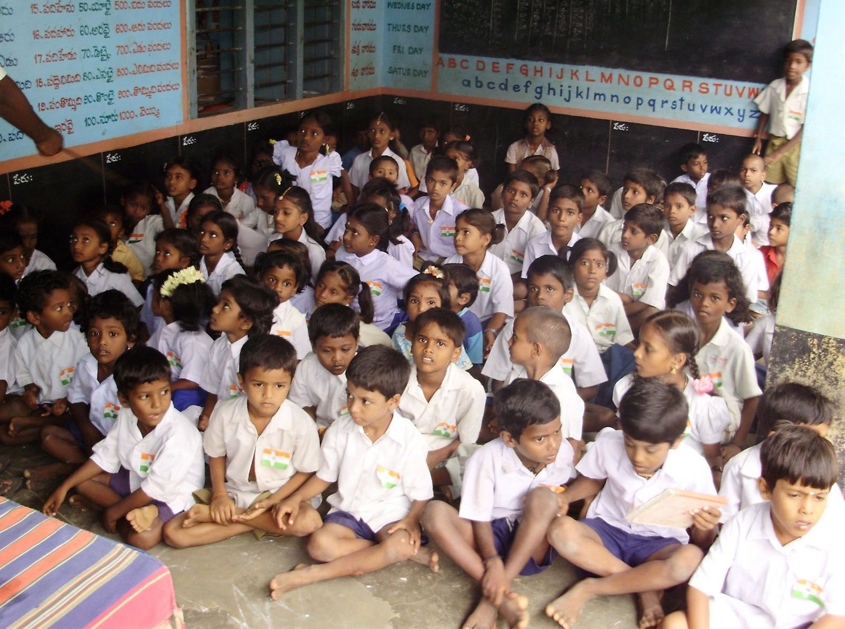The current land norms prescribed by the Directorate of Education (DoE), Delhi government, allowing four times the land to open an upper primary school compared to that required for a primary school, have been dubbed as “illogical” by a Delhi-based think tank which has filed an appeal in the Delhi High Court challenging the norms. The Centre for Civil Society (CCS) has maintained that the land allowed for opening an upper primary school be reduced, as, otherwise, it is leading to a shortage in upper primary schools.
According to the Elementary Education Report card of 2014-2015 released by the DISE (District Information System for Education), there are 1,757 government primary schools in Delhi, while there are just 127 upper primary schools. Again, while there are 1,019 private primary schools, there are just 19 private upper primary schools in Delhi.
Educational experts have pointed out that due to this huge difference between the number of primary and upper primary schools in Delhi, children often drop out of school or are forced to study in crowded classrooms, and both are against the norms of the Right to Education Act of 2009.
Avinash, spokesperson of CCS, told The Sunday Guardian, “The problem mostly occurs with students who are admitted to private primary schools under the EWS (economically weaker section) category as only they can avail the EWS benefit at the entry level at any school and would not be given this benefit if they want to admit their child in a school which starts from a primary level. Thus, this leaves parents with no other option but to either pay their entire fees, send them to government schools or let their kids drop out.”
The appeal, which was heard in the Delhi High Court late last month, challenged the land norm that prescribes a land requirement of 837 sq. yards in an unauthorised colony to open a Upper Primary school (from class VI-VIII) while just 200 sq. yards of land is required to open primary schools in authorised colonies.
Prashant Narang, advocate of CCS who filed the appeal before the Delhi High Court, said, “This has resulted in a deficit of around 35,000 seats between class V and VI. This probably implies that so many children drop out after class V for paucity of seats at the middle primary level. RTE 2009 does not differentiate between primary classes and middle primary classes as far as building norms are concerned.”
He has also pleaded to include the vertical area of the school building into the calculation as that also fulfills the requirement of classrooms needed for children.
However, the Delhi Government Counsel argued that the government cannot allow commercialisation of education by relaxing land norms, adding that the norms are decided by experts.

